Lime zest is the vibrant, aromatic outer layer of a lime, packed with essential oils that can transform your dishes. Discover how to use lime zest in spice blends, cooking tips, and storage techniques for maximum flavor.
Lime zest may seem like kitchen waste after squeezing juice into your tacos or guacamole, but it's packed with aromatic oils and intense citrus flavor that can transform your dishes and homemade spice blends from good to unforgettable.
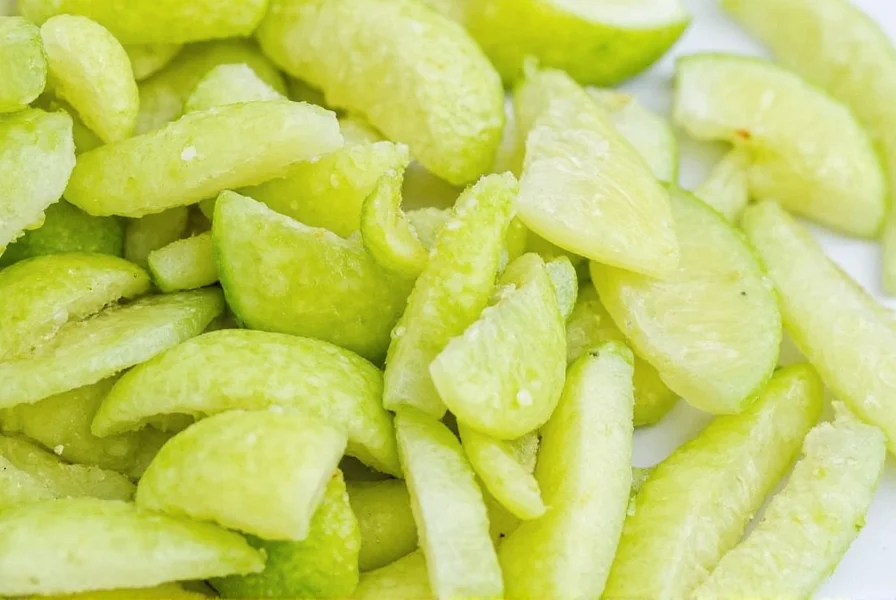
Table of Contents
- Why Lime Zest Matters
- Lime Zest Basics: What You Need to Know
- Spice Blends That Shine with Lime Zest
- 7 Creative Ways to Use Lime Zest in Cooking
- Buying Guide: Choosing the Best Limes for Zesting
- How to Store Lime Zest for Long-Lasting Flavor
- FAQs About Using Lime Zest
- Conclusion: Elevate Your Spice Game with Lime Zest
Why Lime Zest Matters
We often toss away lime zest after using just the juice, but this thin layer of zest is bursting with essential oils, natural aromatics, and concentrated citrus flavor. Unlike lemon zest, which tends to be more floral, lime zest brings a bold, punchy brightness that pairs perfectly with spices like chili, coriander, and sea salt.
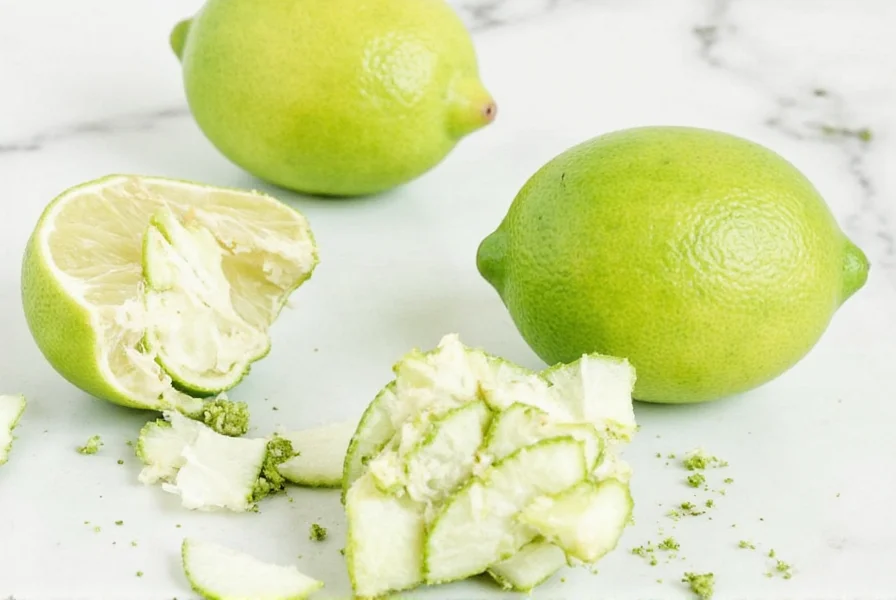
The rind of a lime contains limonene, citral, and other volatile compounds that release their aroma when heated or ground. These oils are what make lime zest such a powerful flavor booster — a little goes a long way!
Quick Chemistry Lesson
| Compound | Role in Flavor |
|---|---|
| Limonene | Responsible for fresh citrus scent |
| Citral | Provides sharp, tangy note |
| Linalool | Adds subtle floral undertone |
Lime Zest Basics: What You Need to Know
If you're new to working with lime zest, here are some basics to help you get started:
- Zesting vs. Peeling: Zesting means grating only the outermost layer (the zest), while peeling involves removing larger strips of rind, sometimes including the white pith underneath.
- Fresh vs. Dried: Fresh lime zest has the strongest aroma, but dried zest lasts longer and works well in spice mixes or marinades.
- Organic is Best: Always opt for organic limes when using the zest, as conventional limes may be coated with waxes or pesticides.
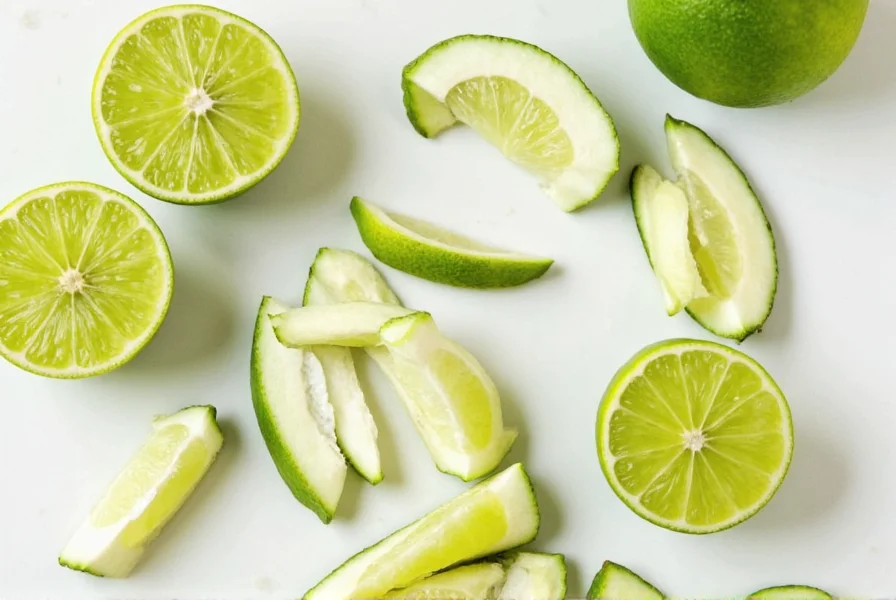
Spice Blends That Shine with Lime Zest
Whether you're crafting dry rubs, finishing salts, or homemade taco seasonings, lime zest adds a unique zing that complements both savory and sweet flavors. Here are a few classic blends that benefit from its addition:
1. Citrus & Chili Salt
- 2 tbsp sea salt
- 1 tsp crushed red pepper flakes
- 1 tsp finely grated lime zest
This blend is perfect for rimming cocktail glasses, seasoning grilled seafood, or sprinkling over avocado toast.
2. Mexican-Style Taco Rub
- 1 tbsp smoked paprika
- 1 tsp cumin
- ½ tsp garlic powder
- ½ tsp onion powder
- 1 tsp lime zest
Use on chicken, pork, or roasted vegetables before grilling.
3. Thai Curry Dry Mix
- 1 tbsp coriander seeds
- ½ tsp lemongrass powder
- ½ tsp turmeric
- 1 tsp lime zest
Great base for curry pastes or stir-fries.
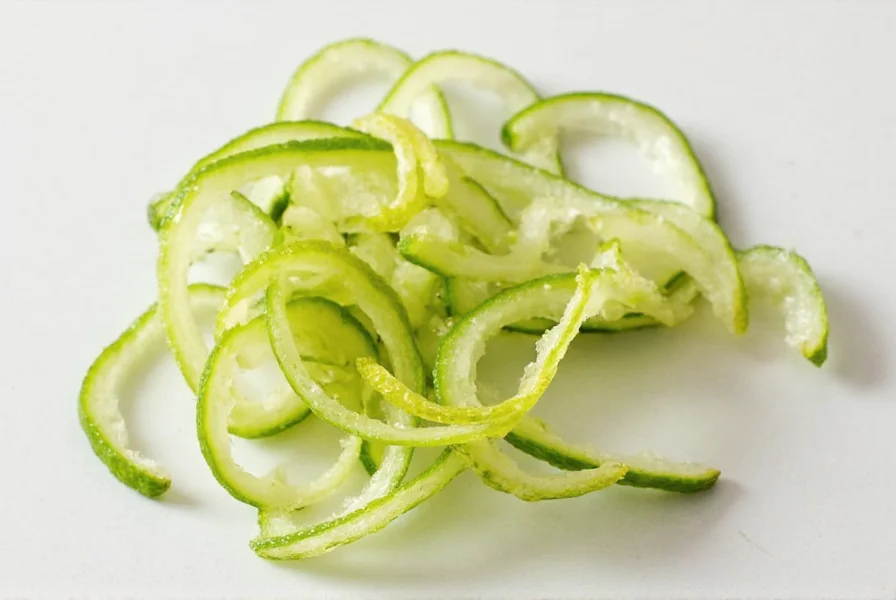
7 Creative Ways to Use Lime Zest in Cooking
Ready to start zesting your way into flavor town? Here are seven inventive ways to use lime zest beyond garnishing your drink:
- Make Homemade Limoncello-Style Syrup – Infuse sugar syrup with lime zest for cocktails, desserts, or tea.
- Infuse Oils and Vinegars – Add strips of lime zest to olive oil or white wine vinegar for a bright infusion.
- Add to Guacamole – A sprinkle of lime zest enhances the creaminess of avocado and boosts flavor without extra acidity.
- Mix Into Baking – Use lime zest in muffins, cakes, or cookies for a tropical twist.
- Flavor Rice or Quinoa – Toss a strip of lime zest into the cooking water for a fragrant, citrusy lift.
- Grill It – Char lime halves or whole peels directly over flame to add smoky depth to salsas or soups.
- Dehydrate for Seasoning – Dry lime peels and grind them into a fine powder for seasoning meats, popcorn, or sauces.
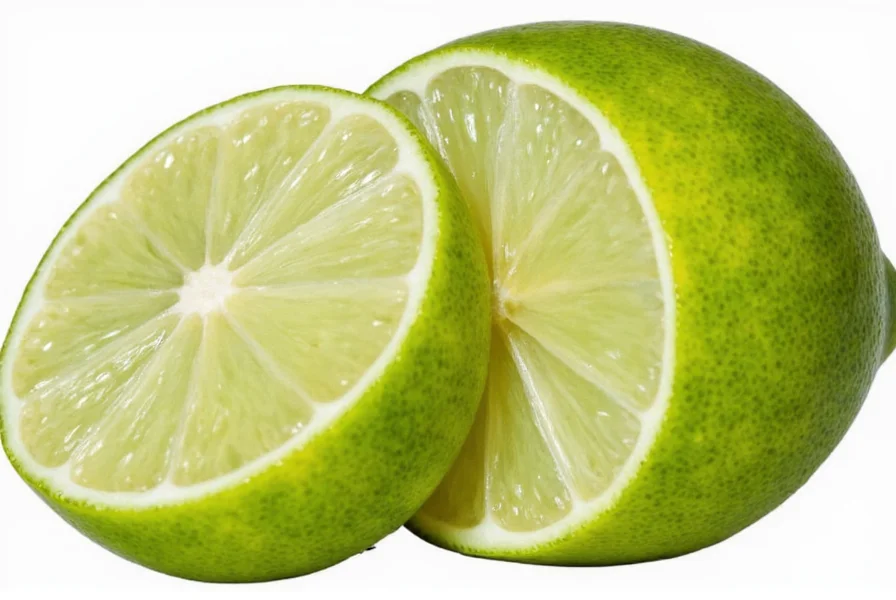
Buying Guide: Choosing the Best Limes for Zesting
Not all limes are created equal. To get the most flavor from your lime zest, choose wisely:
Top Picks for Zesting and Peeling
| Type of Lime | Pros | Cons | Best For |
|---|---|---|---|
| Persian (Tahiti) Lime | Most common, juicy, thick rind | Mild aroma compared to others | Daily use, cocktails, tacos |
| Kaffir Lime | Strong, complex flavor | Bumpy texture, less juice | Thai cuisine, curries, infusions |
| Key Lime | Intense aroma, small size, easy to zest | Harder to find, more expensive | Desserts, baking, gourmet dishes |
Tips for Selection:
- Look for smooth, unblemished skin
- Avoid overly soft or wrinkled limes
- Sniff the rind — it should smell fresh and citrusy
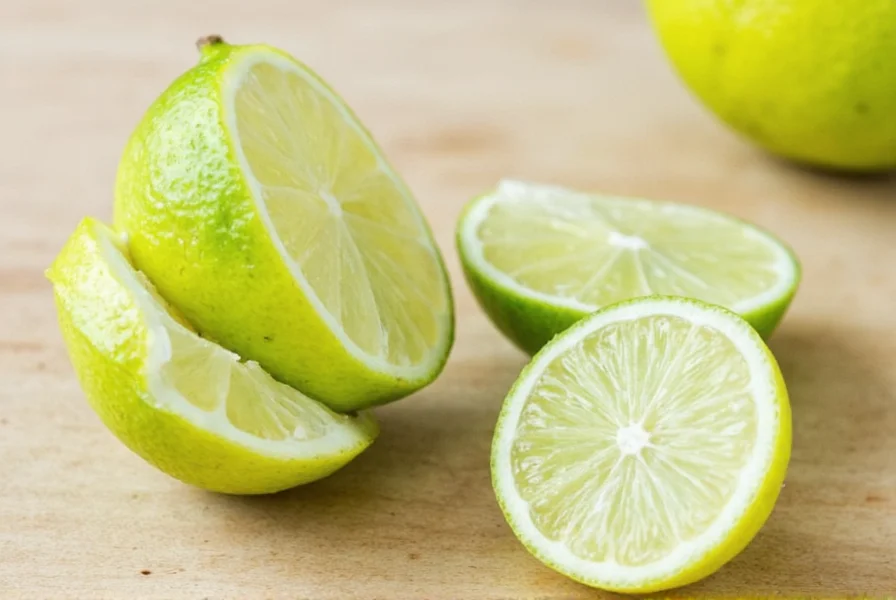
How to Store Lime Zest for Long-Lasting Flavor
You don't always need to use lime zest right away. Here's how to store it properly:
- Fresh Zest: Keep in an airtight container in the fridge for up to 5 days.
- Dried Zest: Spread zest on a baking sheet and dry in a low oven (150°F / 65°C) for 2–3 hours. Once brittle, store in a sealed jar at room temperature for up to 6 months.
- Freeze Whole Peels: Freeze whole lime peels in a zip-top bag and grate as needed during cooking.
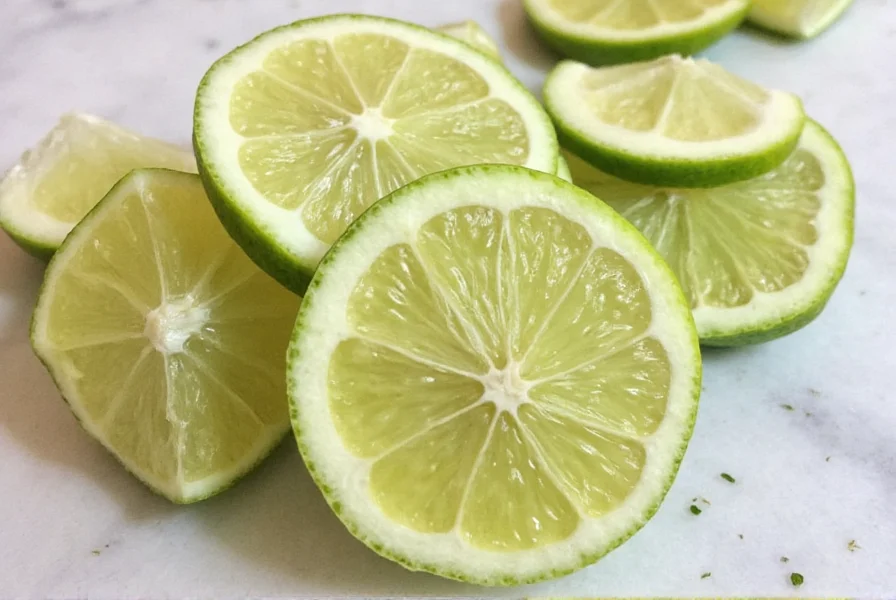
FAQs About Using Lime Zest
Q: Can I eat lime peel raw?
A: Yes! While bitter on its own, lime peel is edible and rich in fiber and antioxidants. Just make sure it's thoroughly washed.
Q: Is lime zest the same as lime extract?
A: No. Zest is the grated rind; extract is made from distilled lime oils. They have different uses and intensities.
Q: How much zest does one lime yield?
A: On average, one medium lime gives about 1–1.5 teaspoons of zest.
Q: Can I substitute lemon zest for lime zest?
A: Technically yes, but lemon zest has a milder, more floral taste. Adjust quantities accordingly.
Q: What's the difference between lime zest and lime peel?
A: Lime zest refers only to the colored outer layer (about 1/16 inch deep), while lime peel includes both the zest and the bitter white pith underneath. For most recipes, you want just the zest without the pith.
Q: How do I properly zest a lime without getting the bitter white pith?
A: Use a microplane or fine grater and rotate the lime as you grate, stopping as soon as you see white showing through. Alternatively, use a zester tool that removes only thin strips of the colored rind.
Q: What are the health benefits of lime peel?
A: Lime peel contains higher concentrations of certain nutrients than the juice, including dietary fiber, vitamin C, calcium, and antioxidants like limonene. It may support digestion, boost immunity, and has anti-inflammatory properties.
Q: Can I use lime peel in beverages?
A: Absolutely! Add lime zest to sparkling water, cocktails, teas, or smoothies for an aromatic citrus boost without the extra liquid from juice. For cocktails, try muddling the zest with other ingredients to release the essential oils.
Conclusion: Elevate Your Spice Game with Lime Zest
In the world of spices, it's often the smallest additions that create the biggest impact. Don't underestimate the power of a single lime zest — it can enhance everything from marinades to desserts with just a hint of citrus brightness.
So next time you reach for that lime to squeeze into your favorite dish, don't throw away the rind. Take a few extra seconds to zest or peel it — your taste buds (and your spice collection) will thank you.
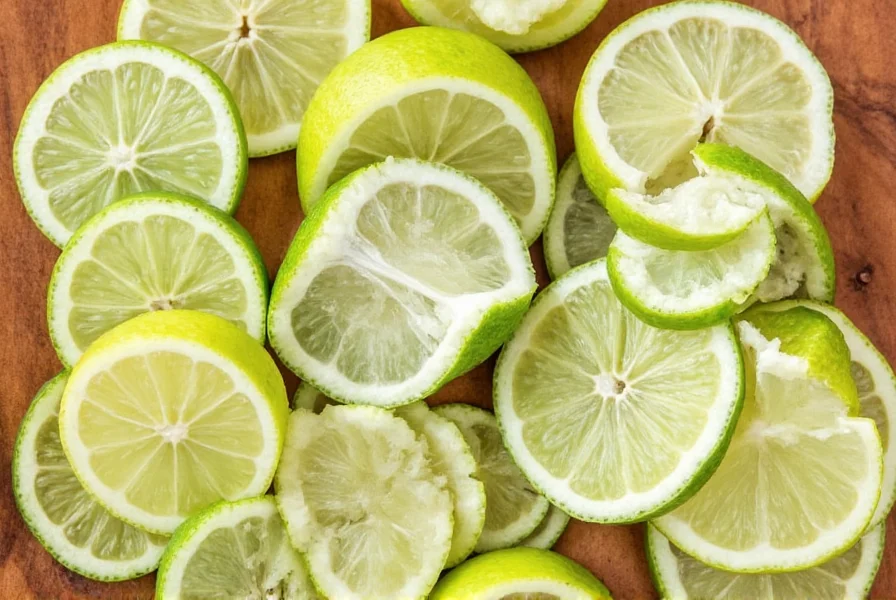
Stay zesty, stay spicy!

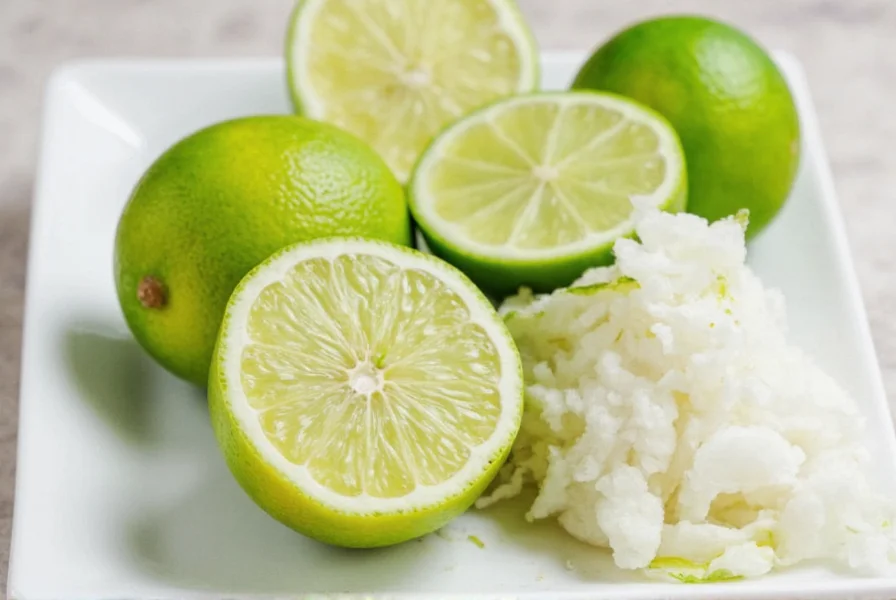









 浙公网安备
33010002000092号
浙公网安备
33010002000092号 浙B2-20120091-4
浙B2-20120091-4